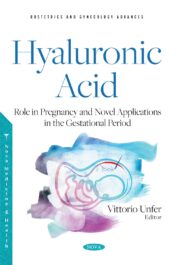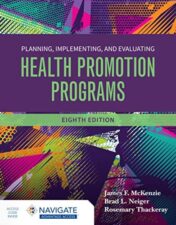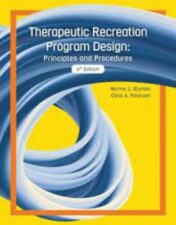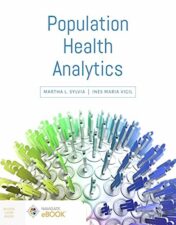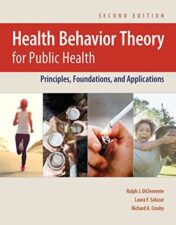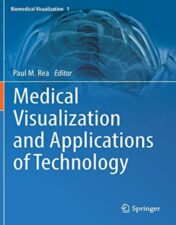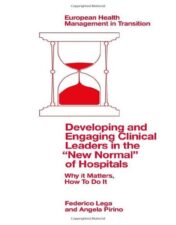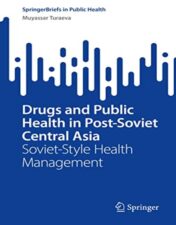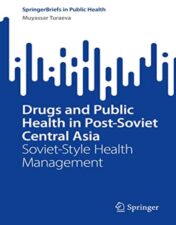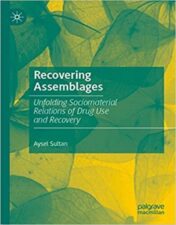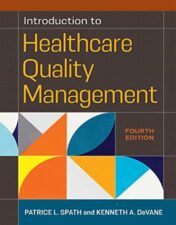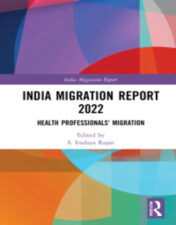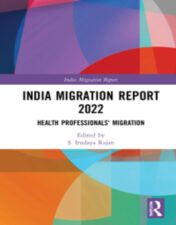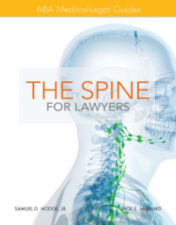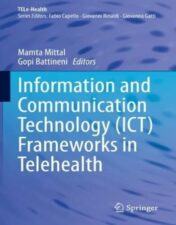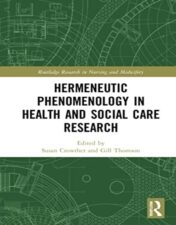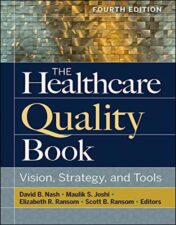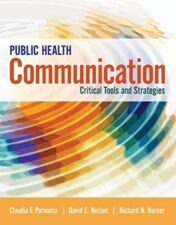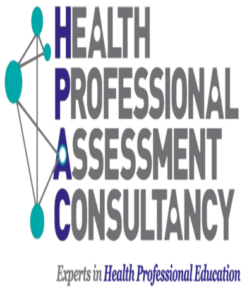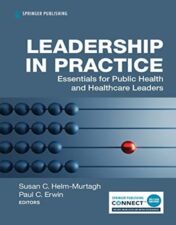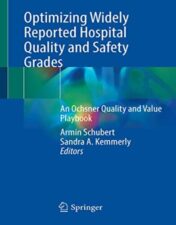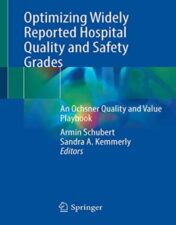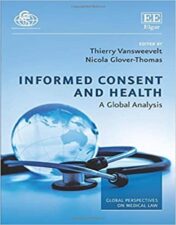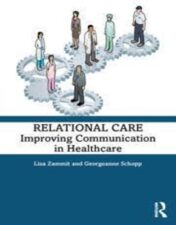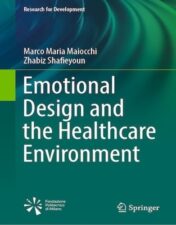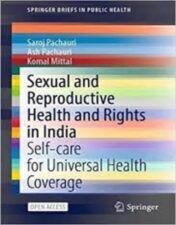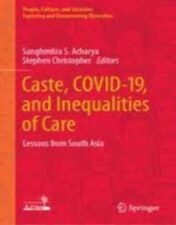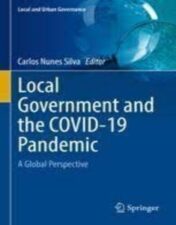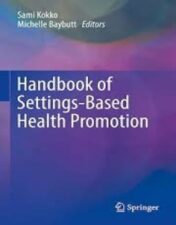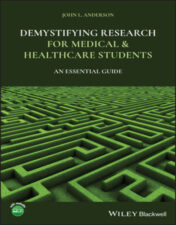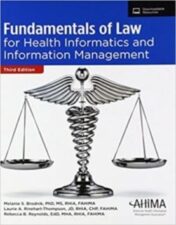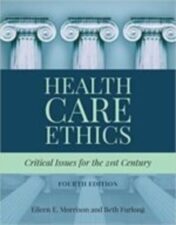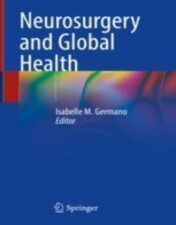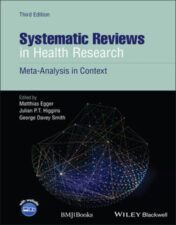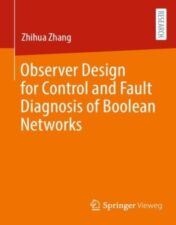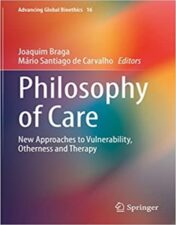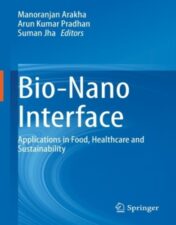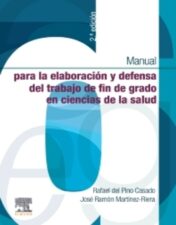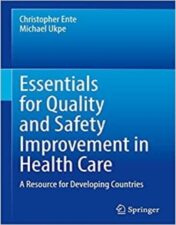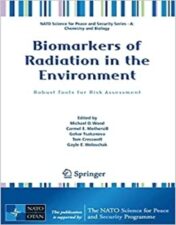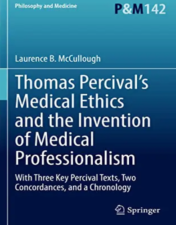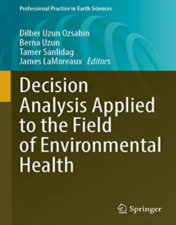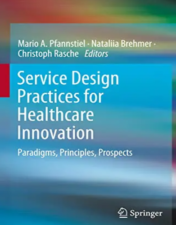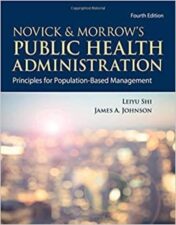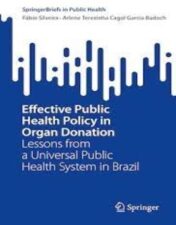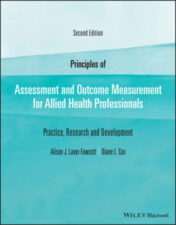Hyaluronic Acid – Role in Pregnancy and Novel Applications in the Gestational Period Original PDF 2021
$12
Hyaluronic Acid – Role in Pregnancy and Novel Applications in the Gestational Period Original PDF 2021
This book offers a valuable clinical resource for health professionals and researchers. It gives an overview about the pivotal role played by High Molecular Hyaluronic Acid (HMW-HA) during pregnancy and its applications in the gestational period. Hyaluronic acid is a critical component of the extracellular matrix (ECM) and one of the most interesting, versatile and useful natural molecules in almost all areas of biology. As widely reported, HA has a pivotal role in several phases of pregnancy, from fertilization to labour and it displays several regulatory activities and functional properties based on its different molecular weight. While low molecular weight hyaluronic acid (LMW-HA) is widely used in gynaecology for menopause-related symptoms or in association with physical treatments (e.g., radiation therapy) to counteract the onset of adverse events, HMW-HA has been poorly evaluated as clinical treatment. Its physiological presence in the extracellular matrix of all the main organs and tissues involved in pregnancy (uterus, cervix, placenta, decidua, chorion, amnios, ovarium etc..) suggests the importance of this molecule for a successful gestation. Several papers, in particular, shed light on its importance for blastocyst adhesion and implantation, for an efficient immune tolerance and for the correct development of haemo-lymphatic system. It has been demonstrated that HMW-HA has regulatory activity on the PGRMC1 expression, a specific progesterone receptor expressed in maternal and foetal-maternal interface tissues, involved in uterine quiescence. On these premises, the administration of HMW-HA may represent an interesting treatment opportunity for the prevention of recurrent miscarriage and pre-term birth (PTB) in patients with risk factors. The high safety profile of HMW-HA further supports its administration in pregnancy. All these interesting topics will be discussed and deepened in this book, giving the opportunity to explore in detail every aspect of this effective and attractive molecule, thus helping physicians to assess the state of connective tissues in pregnancy and to evaluate the risk for the onset of gestational complications.
Related Products
Public Health Books
Introduction to Health Behavior Theory, 4th Edition 2022 Original PDF
Public Health Books
Public Health Books
Strategic Debriefing for Advanced Simulation 2022 Original PDF
Public Health Books
Applied Machine Learning for Assisted Living 2022 Original PDF
Public Health Books
Introduction to Healthcare Quality Management, Fourth Edition 2022 epub+converted pdf
Public Health Books
Public Health Books
Public Health Books
Public Health Books
The Spine for Lawyers: ABA Medical-Legal Guides 2014 epub+converted pdf
Public Health Books
Transcend Fear: A Blueprint for Mindful Leadership in Public Health 2021 Original PDF
Public Health Books
Routledge Handbook of Health and Media 2022 epub+converted pdf
Public Health Books
Public Health Books
Public Health Books
Public Health Books
Public Health Books
Reconsidering Patient Centred Care: Between Autonomy and Abandonment 2022 Original PDF
Public Health Books
Information and Communication Technology (ICT) Frameworks in Telehealth 2022 Original PDF
Public Health Books
Legal Aspects of Health Care Administration, 14th edition 2022 epub+converted pdf
Public Health Books
The Healthcare Quality Book: Vision, Strategy, and Tools, 4th edition 2019 Original PDF
Public Health Books
Bioethics: Principles, Issues, and Cases, 5th edition 2022 Epub+ converted pdf
Public Health Books
Public Health Communication: Critical Tools and Strategies 2017 Epub+ converted pdf
Public Health Books
Fundamentals of Healthcare Finance, Fourth Edition 2022 Epub+ converted pdf
Public Health Books
Fundamentals of Healthcare Finance, Fourth Edition 2022 Original PDF
Public Health Books
Public Health Books
Public Health Books
Public Health Books
Transforming Healthcare : An Insider’s Look on Why and How 2022 Original PDF
Public Health Books
Relational Care: Improving Communication in Healthcare 2022 Original PDF
Public Health Books
Public Health Books
Emotional Design and the Healthcare Environment 2022 Original pdf
Public Health Books
Coping with the Pandemic in Fragile Cities 2022 Original pdf
Public Health Books
Pandemic Police Power, Public Health and the Abolition Question 2022 Original pdf
Public Health Books
Caste, COVID-19, and Inequalities of Care Lessons from South Asia 2022 Original pdf
Public Health Books
Local Government and the COVID-19 Pandemic A Global Perspective 2022 Original pdf
Public Health Books
Handbook of Settings-Based Health Promotion 2022 Original pdf
Public Health Books
Health Care Ethics: Critical Issues for the 21st Century 2019 Original pdf
Public Health Books
Public Health Books
Public Health Books
Observer Design for Control and Fault Diagnosis of Boolean Networks 2021 Original PDF
Public Health Books
Online Health Forums and Services: Benefits, Risks and Perspectives 2022 Original PDF
Public Health Books
Bio-Nano Interface: Applications in Food, Healthcare and Sustainability 2021 Original PDF
Public Health Books
Food, Energy, and Water Nexus: A Consideration for the 21st Century 2022 Original PDF
Public Health Books
Foundations for Health Promotion, 5th Edition 2022 EPUB & converted pdf
Public Health Books
Empathy: Real Stories to Inspire and Enlighten Busy Clinicians 2022 Epub & converted pdf
Public Health Books
Empathy: Real Stories to Inspire and Enlighten Busy Clinicians 2022 Original pdf

